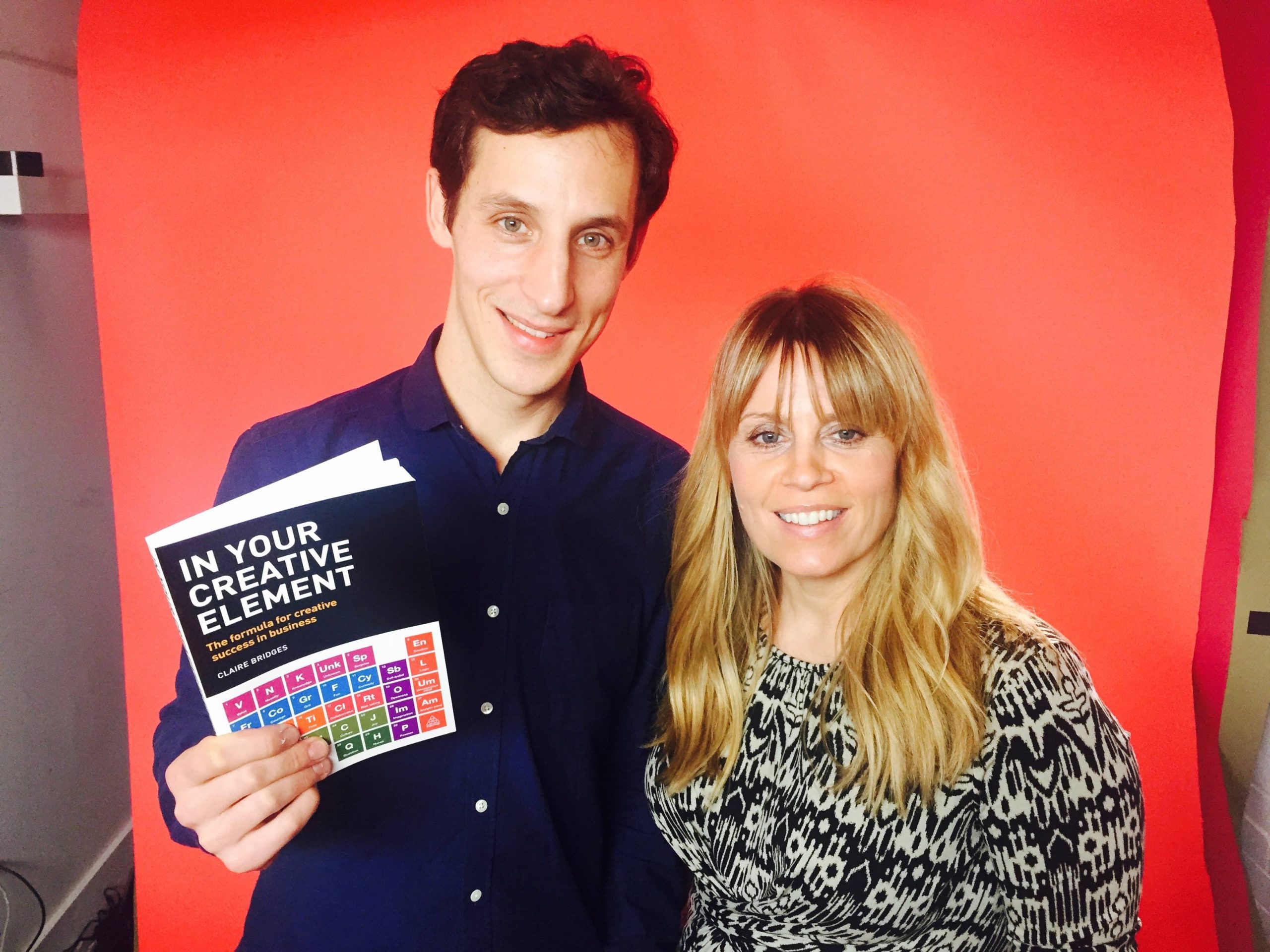Can the neuroscience of creativity show us evidence-backed ways to manage our creative state and generate better ideas?
I’ve always been fascinated by what’s actually playing out on the hills and valleys of our 3lbs of grey matter whilst we’re generating creative ideas.
People often ask what the secret is to getting into ‘the zone.’ Is there a way to switch your creativity on and off? There are three strategies that I’ve found to help if I’m feeling stuck on a problem. Getting physical works for me – taking a walk or playing music (something bouncy and Beyonce-ish for 5 minutes of home office disco). Sometimes I take a power nap. Talking it through with someone totally uninvolved can help too.
So, for a chapter in my new book In Your Creative Element, I’ve teamed up with neuroscientist Ben Martynoga. He takes us on a whistle-stop tour of how our brains work in relation to creativity, and describes elements we can add to our mental toolkit.
Despite the recent steps forward, brain scientists are still well short of a complete and convincing account of the creative process. After all, genuine creativity doesn’t happen on cue, in the sterile environment of the science lab. It happens as the poet strolls in the woods. It takes flight when the footballer squares up to his opposing defence. It unfolds as the freelancer hammers away at her laptop. It’s even manifest in the toddler’s first artistic scrawls.
Below Ben talks about the different elements we’ve identified that are part of our mental toolkit, the neuroscience of creativity and what it means for ideas.
You can read more about the different elements and how to use neuroscience to build the perfect team in this article here.

